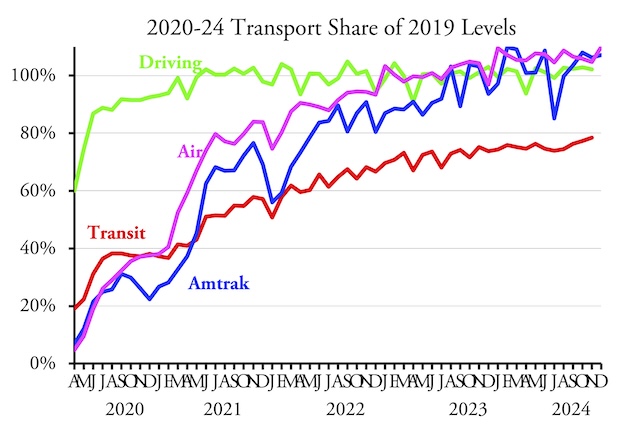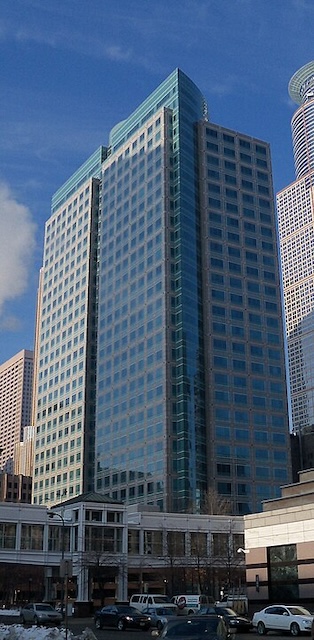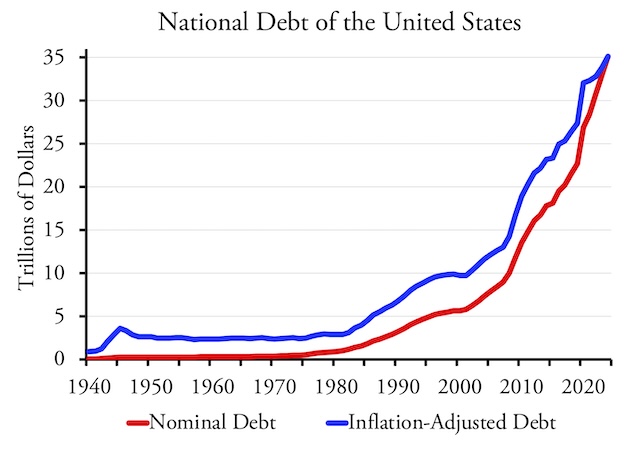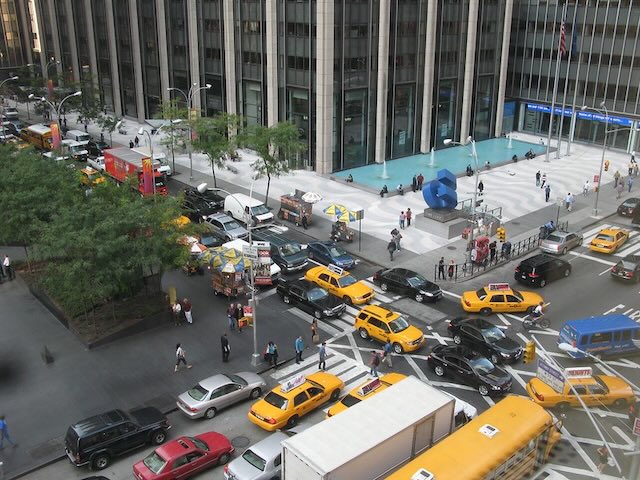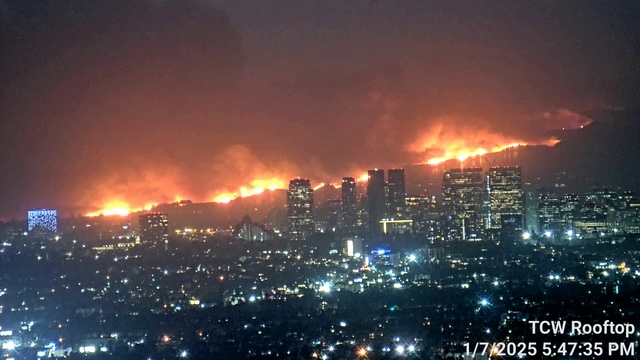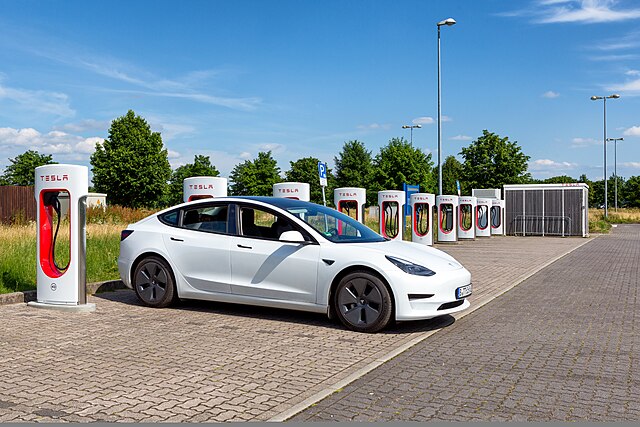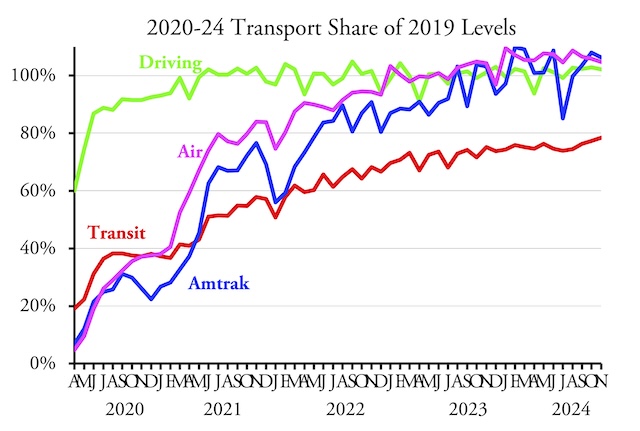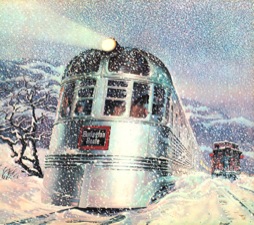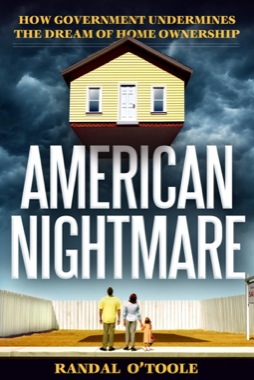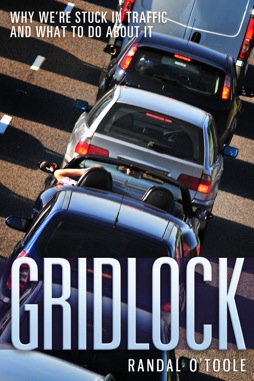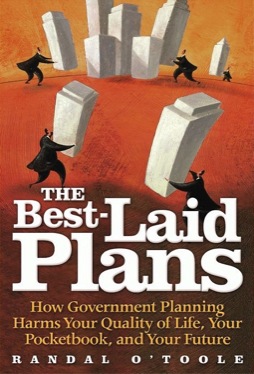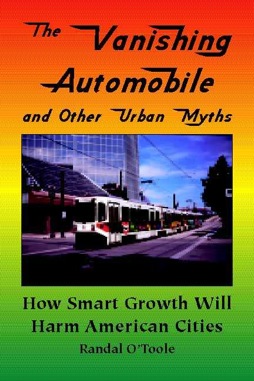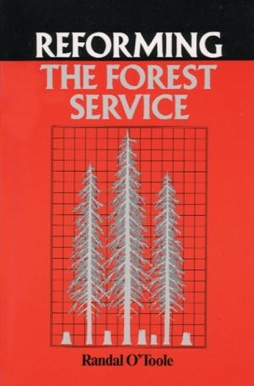Amtrak carried 7 percent more passenger-miles in December of 2024 than in the same month of 2019, according to its monthly performance report issued earlier this week. The airlines, meanwhile, carried 10 percent more passengers in December of 2024 than 2019, according to TSA passenger counts.
Transit and highway data will be added as soon as it is available.
The airlines, of course, carried a lot more passengers than Amtrak. Amtrak carried about 3.0 million passengers in December while the airlines carried 66 million. The difference in passenger-miles is even greater. While airline passenger-mile data is not yet available for December, the average Amtrak trip is about 200 miles long while the average domestic airline trip is 950 miles, which means domestic airlines carry about 100 times as many passenger-miles as Amtrak. When international airline trips are included, the difference is even greater. Continue reading

